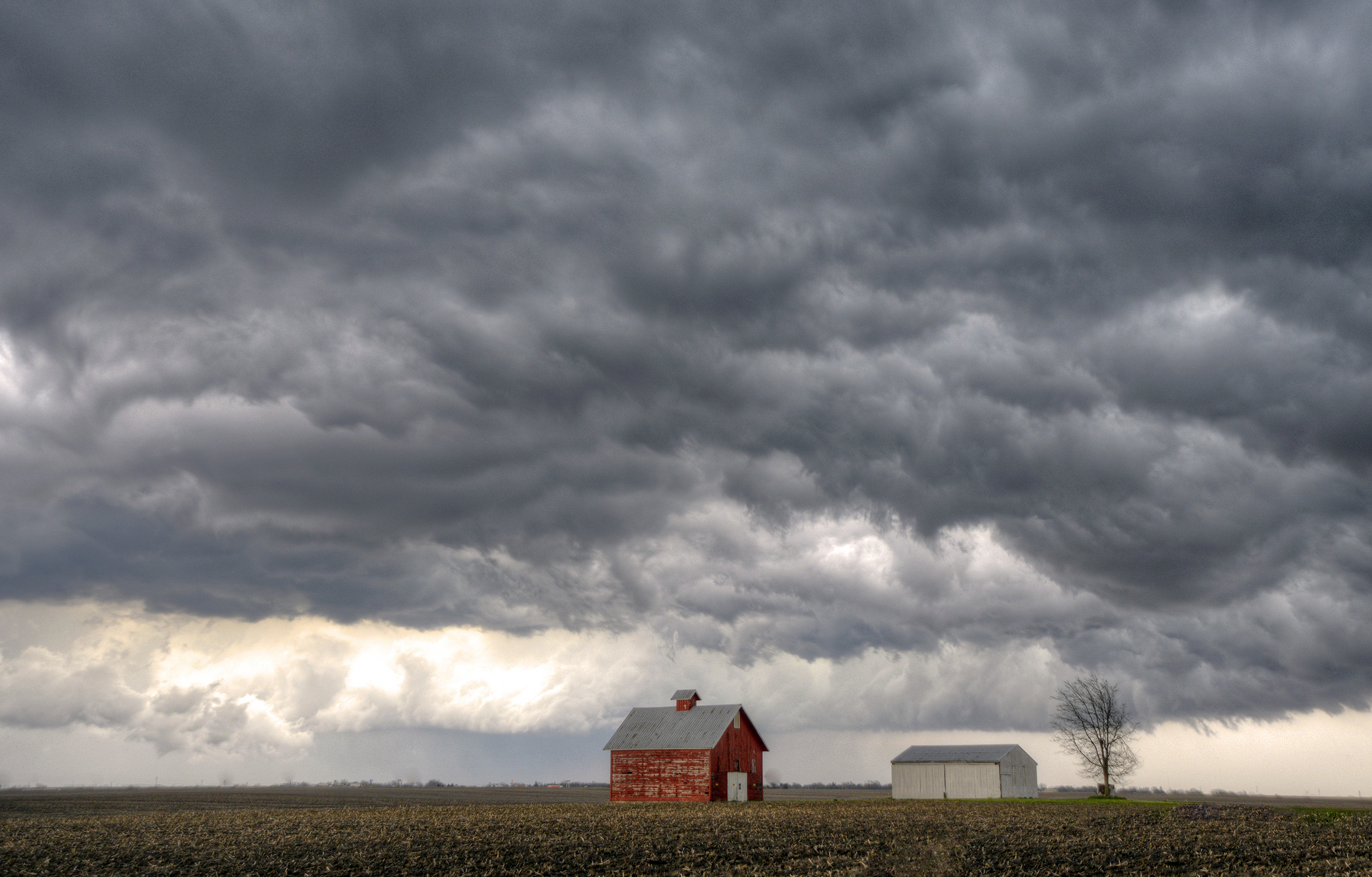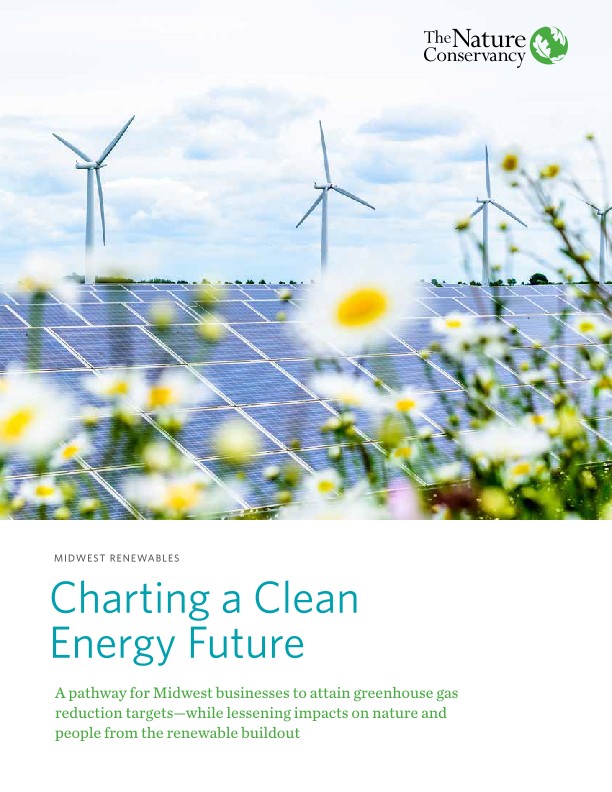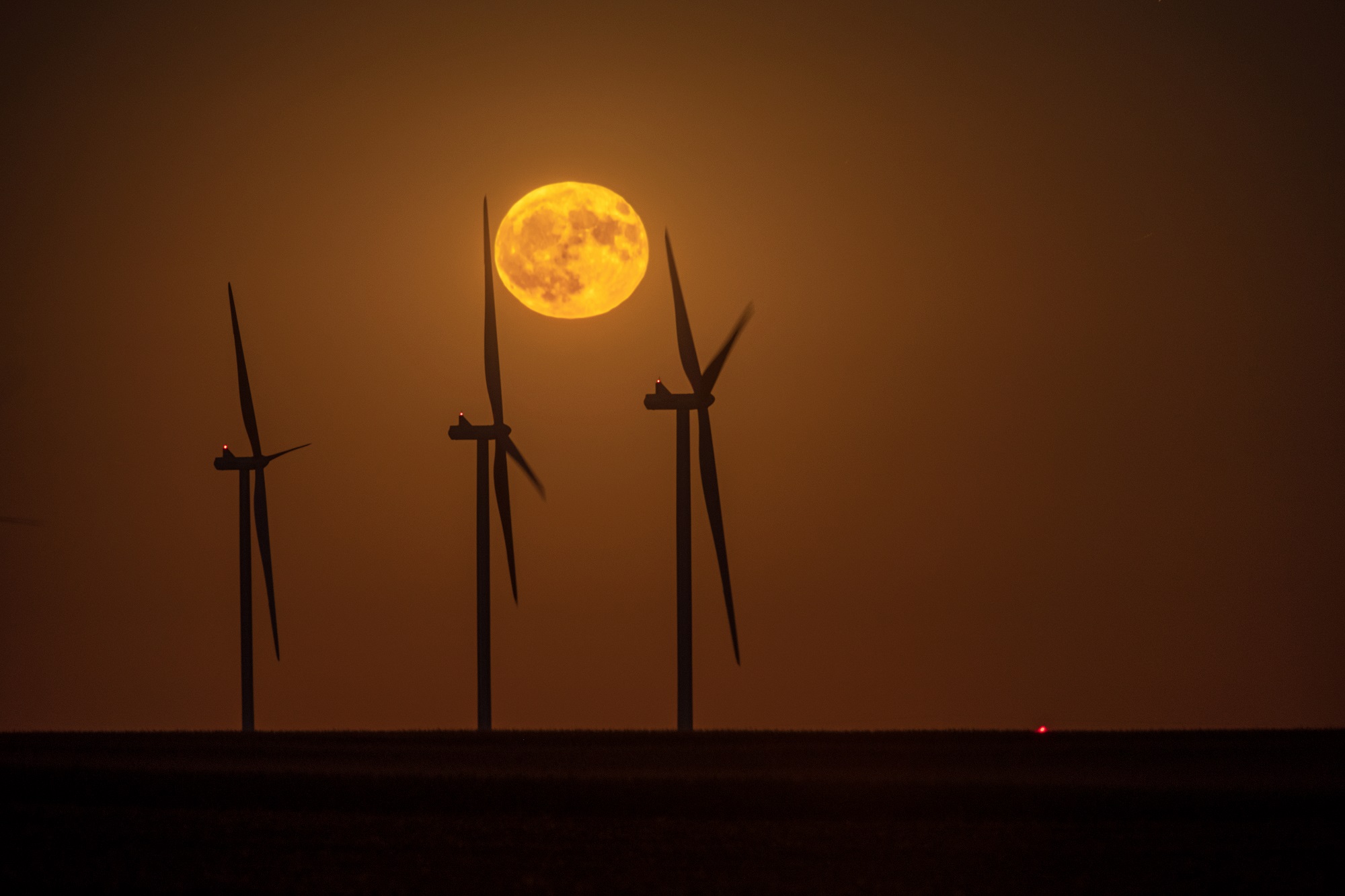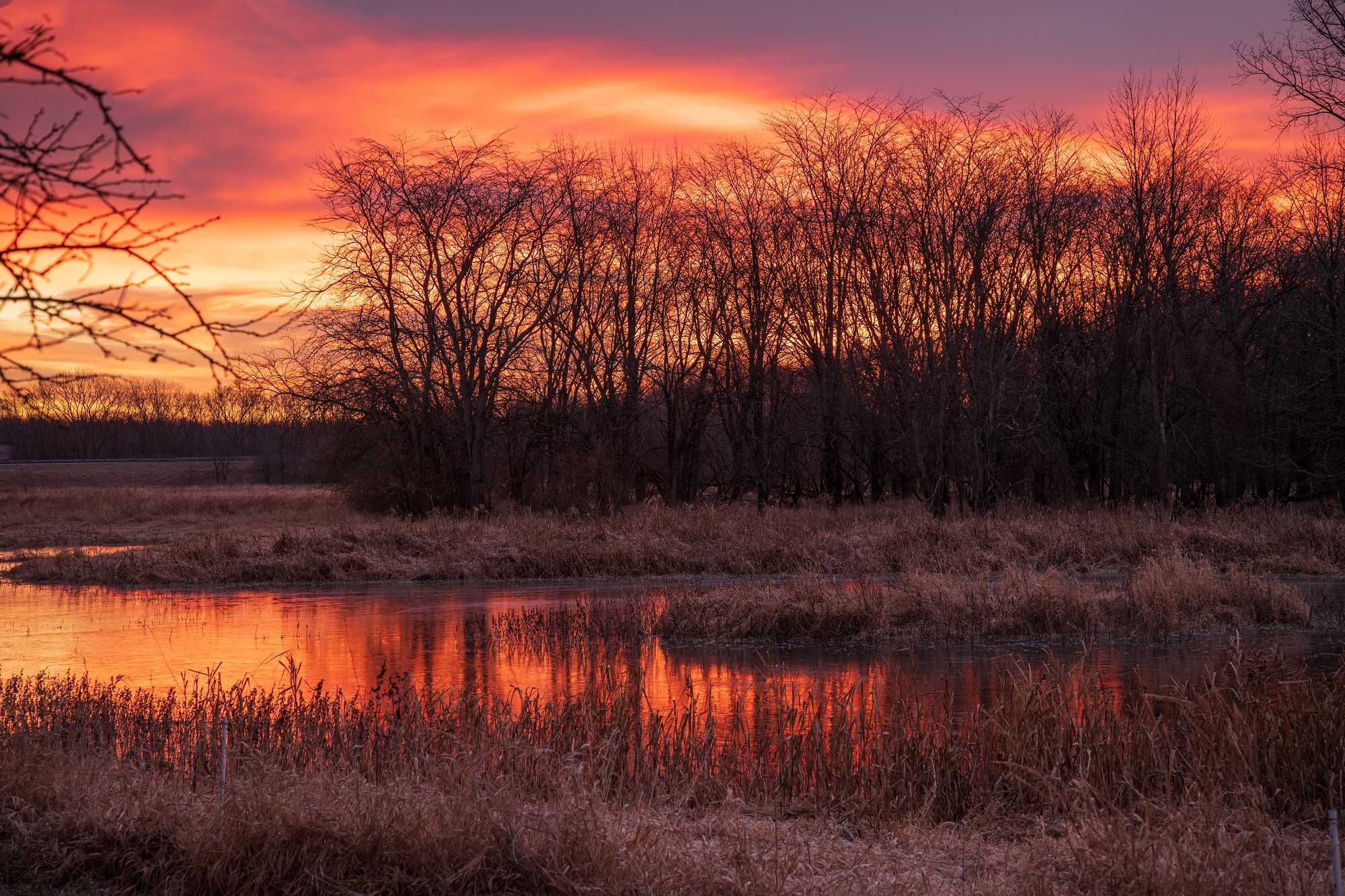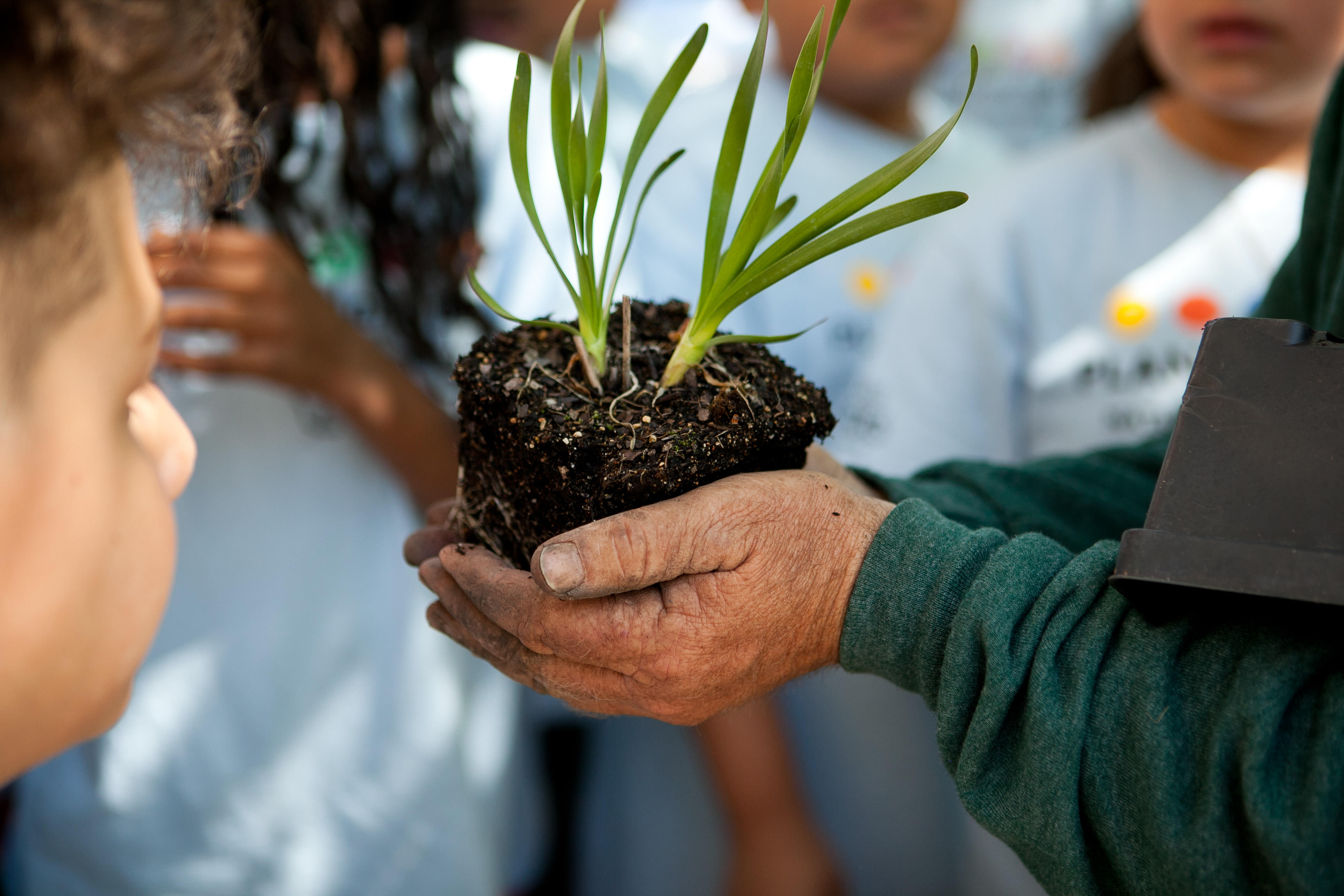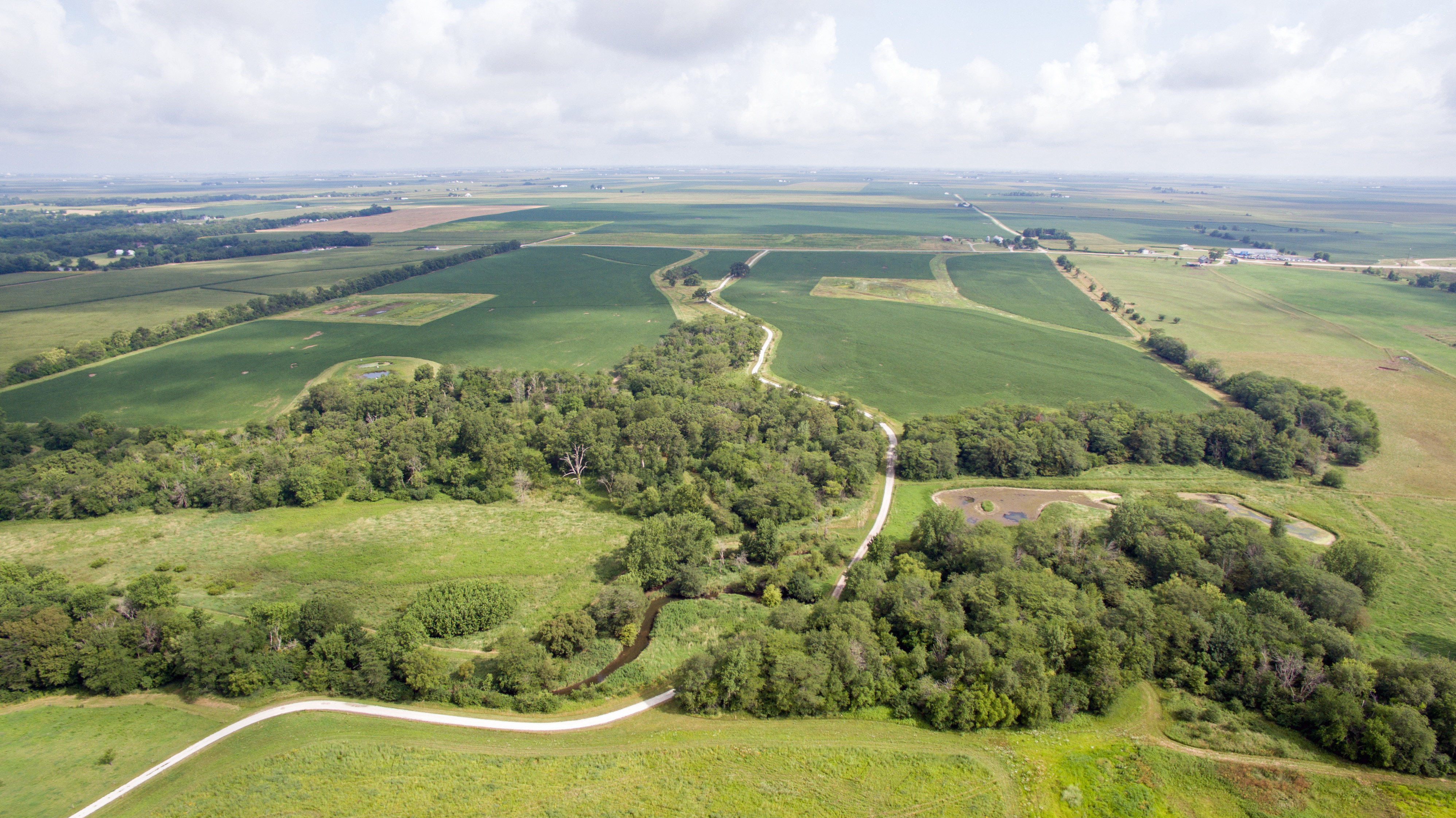Tackling Climate Change in Illinois
We're working for a future where people and nature thrive together.
The Nature Conservancy is working from global to local levels to tackle one of the biggest challenges of our time—climate change. In Illinois, our own actions can have an important impact on motivating climate action, reducing emissions and building resilience.
We are excited to collaborate with new and existing partners to move this work forward at the pace and scale necessary to accelerate ambition and efforts to meet shared climate change goals.
Download
TNC's new report provides insights and strategies to help procure, develop and site solar and wind projects for your organization.
DOWNLOADClimate Assessment Highlights
Explore the highlights of each section of the climate assessment:
Statewide Climate Assessment
In 2021, the Illinois chapter released a first-of-its-kind, statewide climate assessment. The report brought together the expertise of more than 40 scientists and technical experts to explain the most up-to-date information on how climate change is expected to affect Illinois. The writing was co-led by two members of TNC Illinois’ Science Advisory Committee, Dr. Don Wuebbles and Dr. Jim Angel, climate experts with years of expertise in atmospheric science. From TNC, Karen Petersen, the chapter’s climate change project manager, and Maria Lemke, director of conservation science, also played active roles in developing the report. Beyond providing a general overview of anticipated changes, the assessment explores predicted effects on hydrology, agriculture, human health and native ecosystems. These topics were selected because these sectors touch on many aspects of people’s lives and well-being.

Illinois' Climate Assessment
Download the full report and learn more about the impacts of climate change in the Prairie State.
You can also watch a webinar recording that provides an overview of the assessment.
Tackling Climate Change Locally
The Illinois Chapter is collaborating with partners on four pathways to tackle the issue of climate change in Illinois and beyond.
Mobilizing Climate Action in Rural Illinois
TNC is working across all 50 states to activate support for durable, bipartisan climate legislation at state and federal levels. In Illinois, we are actively engaging key federal congressional members, members of the Illinois state legislature, state agencies and the Illinois Governor's office to open up dialogue on ambitious climate solutions and science-based climate policy. We are also taking steps to garner support for climate action with new constituencies, especially with our partners in rural Illinois.
Reducing Emissions with Natural Climate Solutions
Efforts to restore, protect and sustainably manage natural areas is a critical component of limiting global warming to well below the 2°C threshold set by the Paris Agreement. In Illinois, the biggest low-cost opportunities for employing natural climate solutions exist in the agricultural sector, using practices that some farmers are already employing to improve soil health, yields and water quality—like incorporating constructed wetlands on farms to reduce runoff. TNC sees a large opportunity to increase uptake of these agricultural best management practices through partnerships, capacity building and sensible climate change policy.
Promoting Low-impact Renewable Energy Deployment
Meeting climate change goals requires the rapid and large-scale deployment of renewable energy, which will invariably have impacts on the land. There are many steps we can take and many upsides to siting new renewable energy development in areas with the fewest adverse impacts to habitat, wildlife and ecosystem services. TNC has developed useful tools and resources to guide decisions around low-impact siting, such as Site Renewables Right and a new pollinator-friendly solar guide in collaboration with Pollinator Partnership. This interactive online map can help to inform turbine siting decisions across the Central United States. In the Illinois Chapter, we are working to increase the use of these tools and to promote the adoption of renewable energy siting guidance into relevant policies and plans.
Explore the other reports, fact sheets and resources that TNC in Illinois and beyond have developed to aid with low-impact renewable energy siting and buildouts.
Low-impact Renewable Energy Resources
-
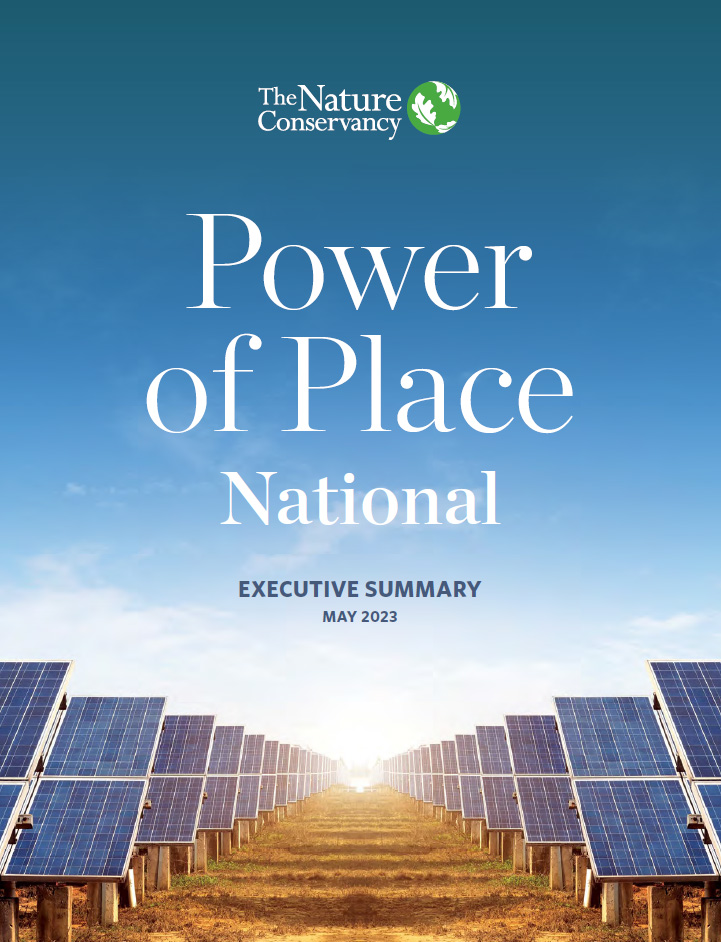 Power of Place: Clean Energy Solutions for People and Nature
Power of Place: Clean Energy Solutions for People and NatureTNC’s new national report can help energy planners & policymakers execute net-zero strategies that benefit climate, nature & people.
DOWNLOAD -
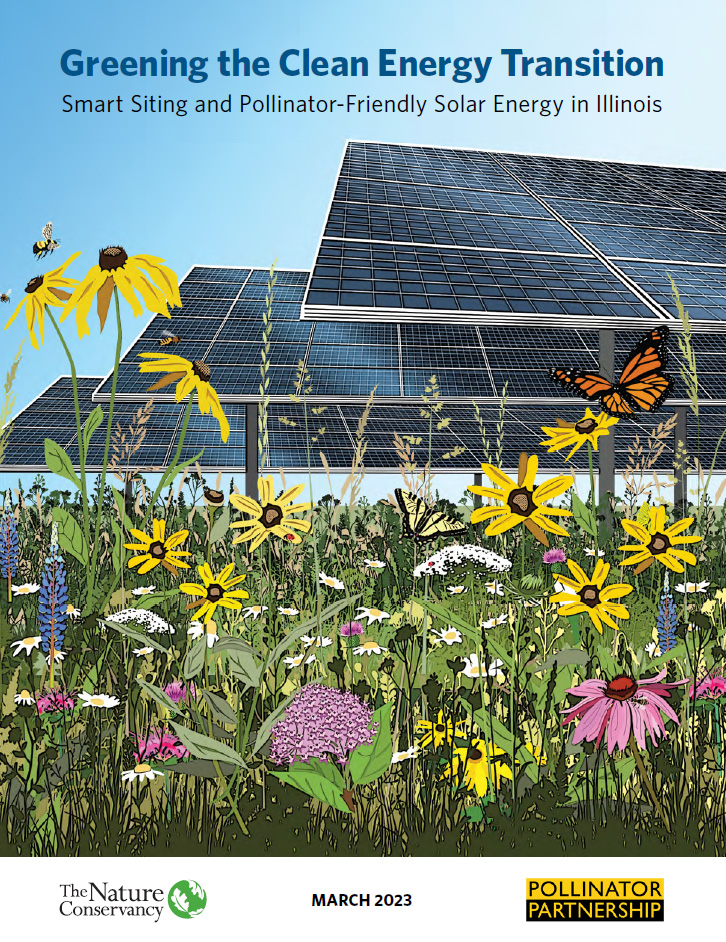 Guide to Greening the Illinois Clean Energy Transition
Guide to Greening the Illinois Clean Energy TransitionTNC & Pollinator Partnership share smart siting principles & solar habitat co-location.
DOWNLOAD -
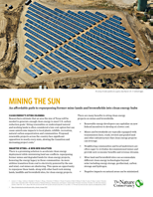 Mining the Sun: Benefits of Solar Energy on Former Mine Sites
Mining the Sun: Benefits of Solar Energy on Former Mine SitesTNC is working with energy developers and landowners across the U.S. to affordably repurposing former mine lands and brownfields.
DOWNLOAD
Minimizing Flood Risk in Rural and Urban Communities
As local average temperatures and extreme weather events increase the frequency and magnitude of flooding and droughts, nature can be used as an important, cost-effective tool to enhance resiliency, helping human and natural systems adapt to the impacts of climate change. In rural areas, landscape approaches to land use planning can help to identify priority areas for floodplain restoration and reconnection—an excellent way to increase flood storage and decrease the flood risk to infrastructure and communities.
In towns and cities, natural infrastructure in the form of bioswales, rain gardens and tree planting, is a low-cost and effective approach for tackling issues like localized flooding, urban heat islands and poor air quality. In Cook County, we're collaborating with partners to bolster natural infrastructure that will allow homeowners to store extra stormwater and minimize flood risk. TNC would like to expand its work on climate adaptation in Illinois, to improve our reach in more communities across the state.
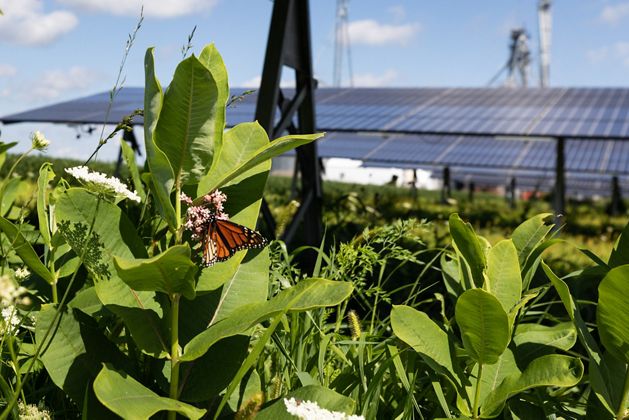
We Can’t Protect Nature Without You
Sign up to receive monthly conservation news and updates from Illinois.
Feature: From the Family Farm to Climate Science
By Lynne Weinberg, TNC member and special contributing writer
In the 1950s, '60s and '70s, when professional weather forecasts were largely limited to radio and television, three boys—Jim Angel, Ken Kunkel and Don Wuebbles—learned early the profound effect of the weather on their families’ Illinois farms. Ultimately, those farms produced not only crops and livestock but three prominent atmospheric scientists, proud of their deep roots in the Illinois soil. Decades later, each of them contributed to the writing of TNC’s Illinois Climate Assessment, which was published in 2021.
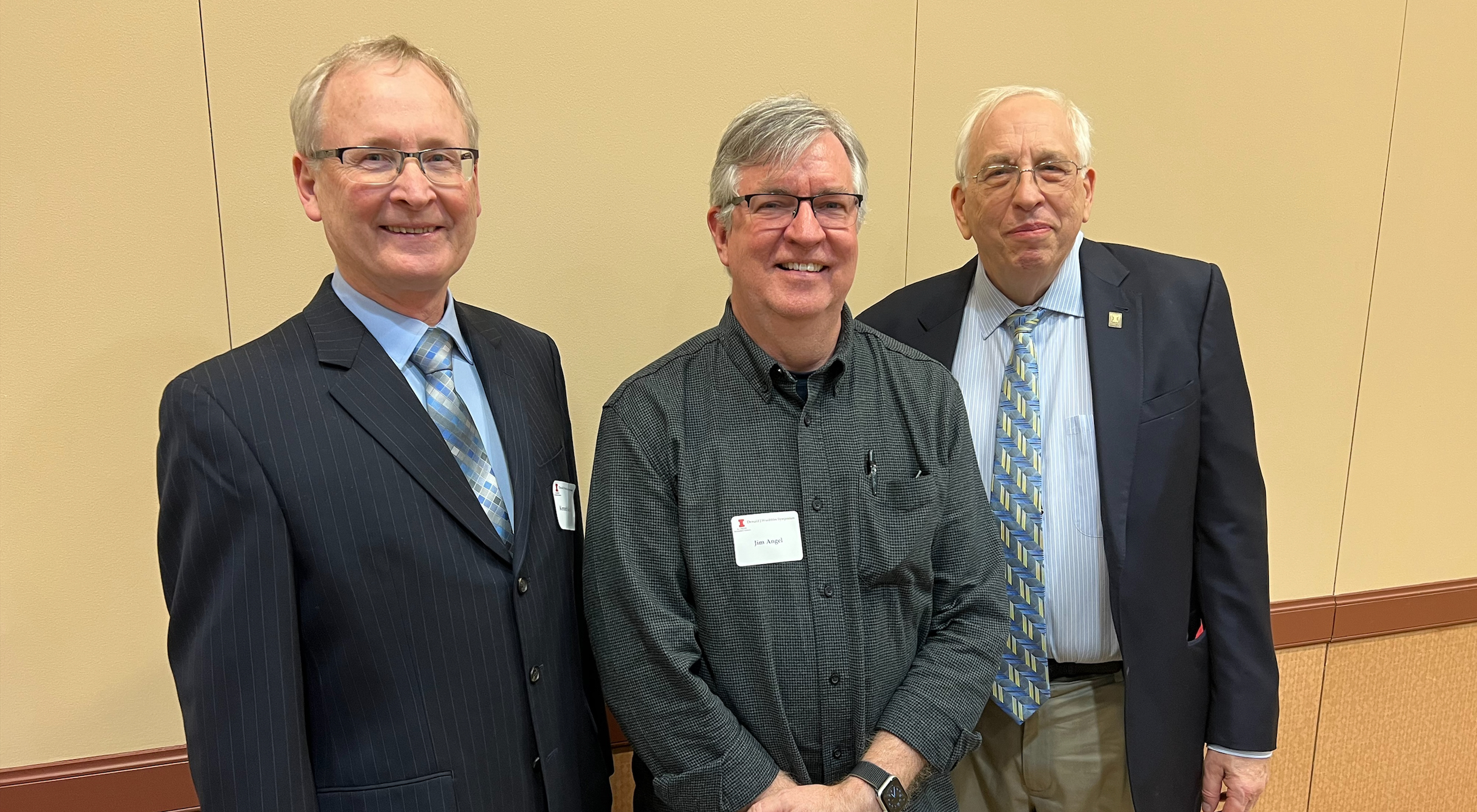
Jim Angel recalls his grandparents’ livestock farms: “The number one topic of every farmer was the weather.” As lllinois State Climatologist (1997-2018), Jim expanded outreach to farmers and city officials to help them understand and adapt to climate change and build resilience to extreme weather events.
“Using conservation practices on just 10% of a field, farmers can often solve 90% of their runoff and erosion problems. Management practices like no-till and cover crops can also help mitigate erosion at the source while improving water infiltration,” he notes. Jim was lead author of the Midwest Chapter, 4th National Climate Assessment.
“While farmers are acutely aware of the challenges of wetter conditions that we now face, what we aren’t prepared for is the kind of warming expected by mid-century,” he says.
Ken Kunkel’s family farmed corn, soybeans and wheat near Carlyle.
“We always struggled financially at the whims of the weather,” he recalls. “Growing up on a farm was THE reason I pursued degrees in meteorology.”


Ken’s research focuses on the effects of climate change and global warming on extreme weather events, with an emphasis on agriculture. More recently he has developed methods to incorporate data on increasingly heavy rainfall into designing bridges and other infrastructure with long lifetimes. He is lead scientist for the National Climate Assessment Technical Support Unit and is a senior scientist and lead scientist for assessments at North Carolina Institute for Climate Studies.
Don Wuebbles grew up about a mile from Ken and still refers to himself as a farm boy. He served as President Obama’s climate science advisor and is Harry E. Preble professor of atmospheric science at the University of Illinois. He did early research on stratospheric ozone and developed one of the first air-quality models. A leader in many major national and international assessments of climate change science, he cautions:
“Climate change is one of the most important issues that humanity faces. We have to consciously move forward with everything we do, beginning at the neighborhood level, if we’re going to protect the planet for our children and grandchildren.”

Jim, Ken and Don cherish their childhood experiences on their families’ farms. Today, their scientific contributions are more critical than ever as weather events become more frequent and extreme and climate change impacts Illinois and the world beyond. The work of these scientists and their colleagues on TNC’s Illinois Climate Assessment urges us to address the immediate and far-reaching effects of climate change on humans and on wildlife and to protect our habitats—prairies, savannahs, farmland, forests, waterways, cities and towns—in order to ensure a sustainable future for the state that we call home.
How We’re Tackling Climate Change Globally
-
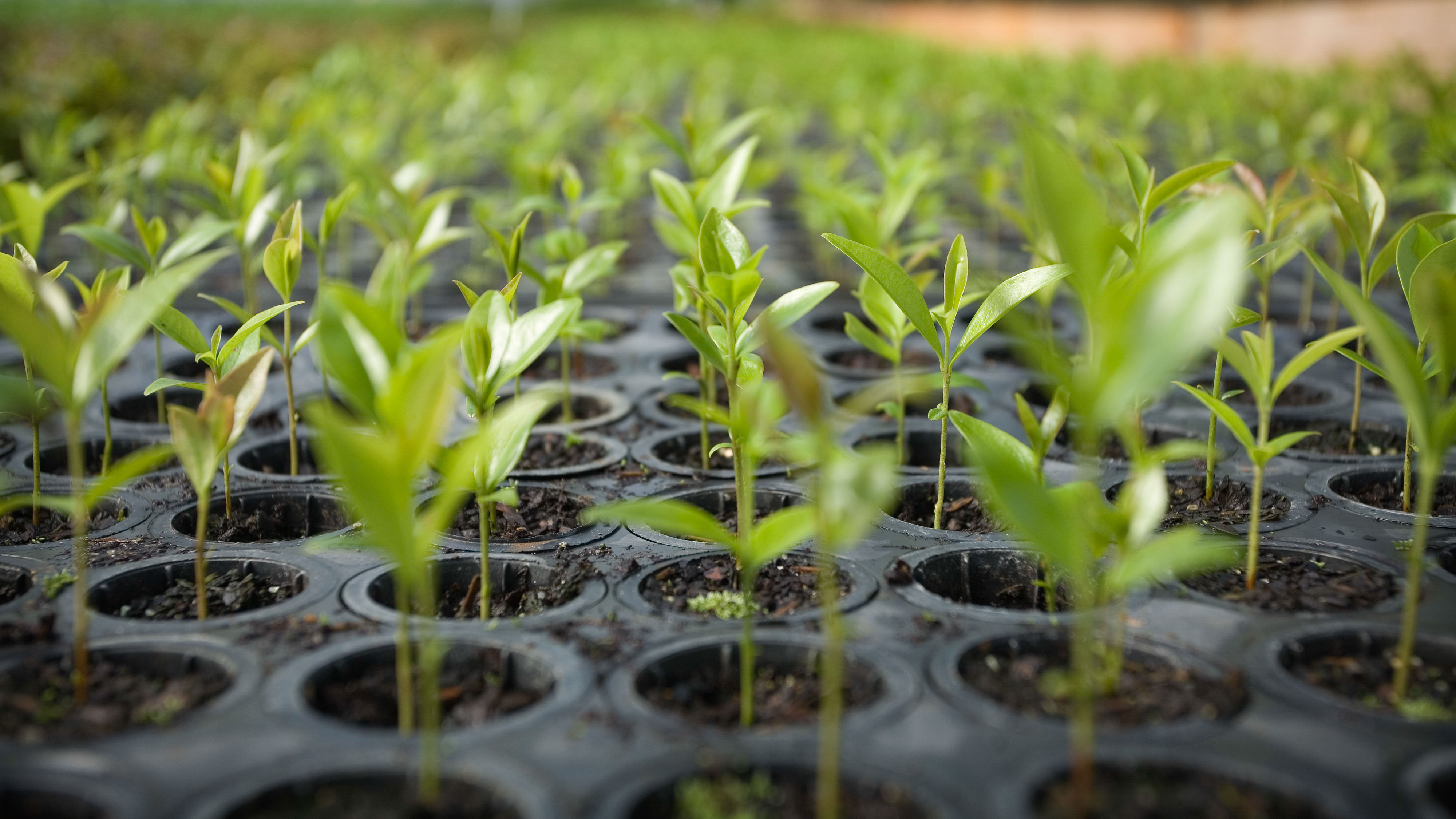
Maximizing Nature’s Ability to Store Carbon
Nature plays a major role in regulating the climate by storing carbon dioxide. By conserving forests and wetlands, adding regenerative practices to agriculture and planting trees, we’re unleashing nature’s full potential to stabilize the climate. Learn about Natural Climate Solutions.
-
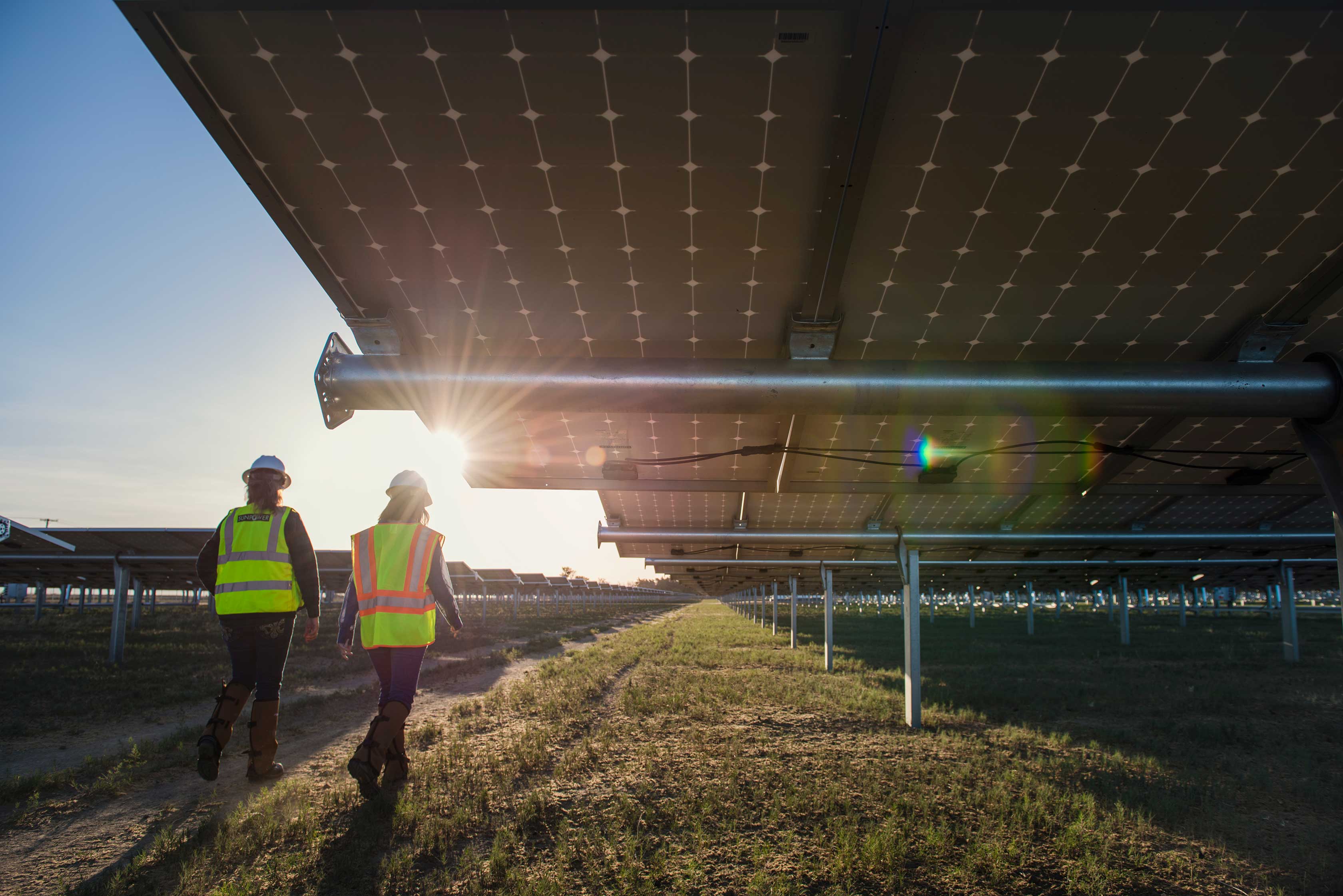
Promoting Clean Energy
We're working with local governments and business to achieve the 2025 goal of 25% renewable energy. TNC's created Site Wind Right, which reveals those areas in the Central U.S. where wind energy development would not disrupt important wildlife. Learn more about Site Wind Right.
-

Corporate Engagement
We're utilizing lessons learned through the CEO Climate Dialogue and are developing relationships with organizations across sectors to discuss their climate actions, how they are implementing sustainability plans and how to leverage federal action. Learn more about the CEO Climate Dialogue.
-
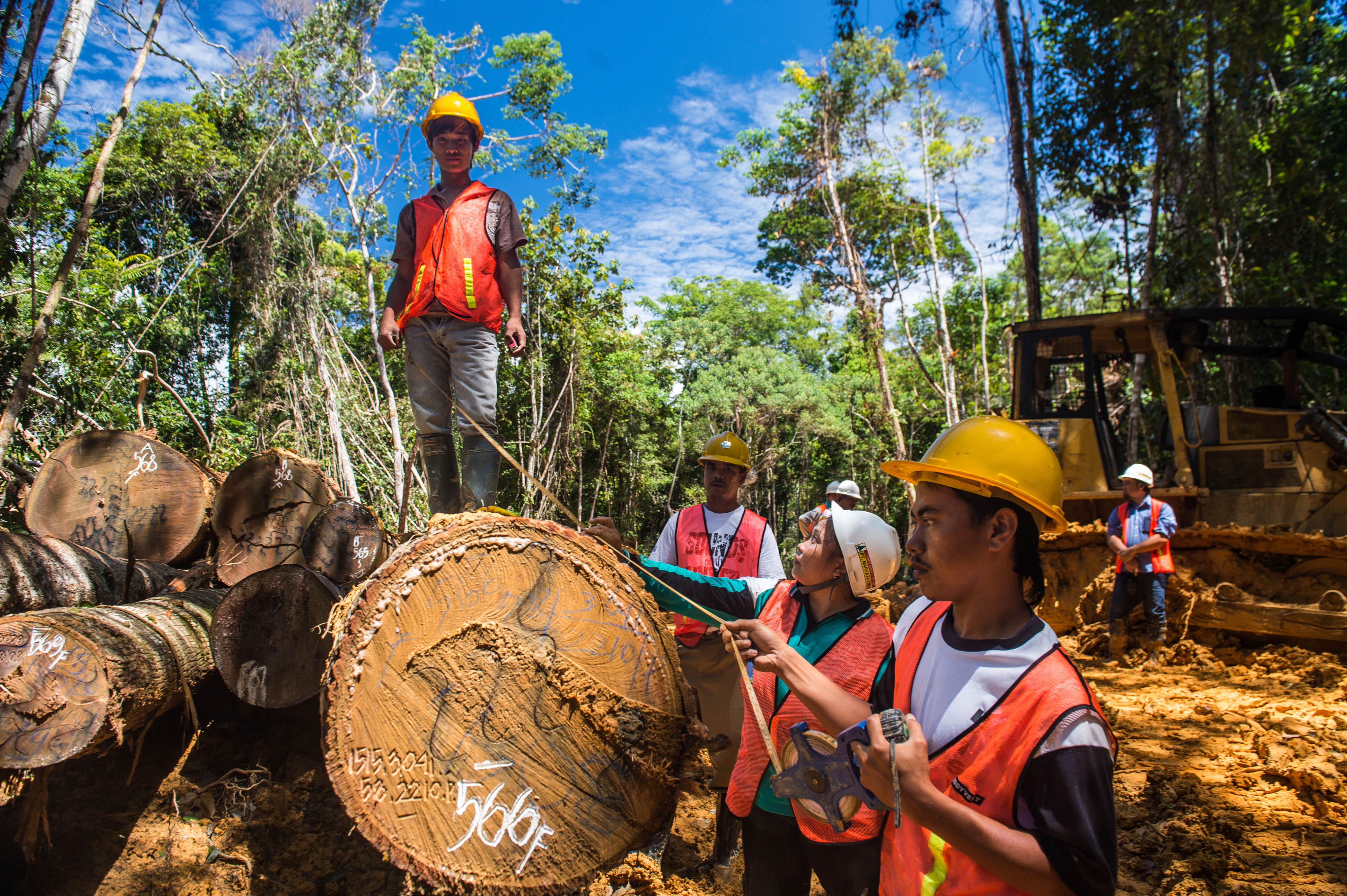
Working with Governments
We work with government leaders around the world to set aggressive goals for climate solutions that create jobs, protect people and cut pollution. Learn how we impact policy.
-
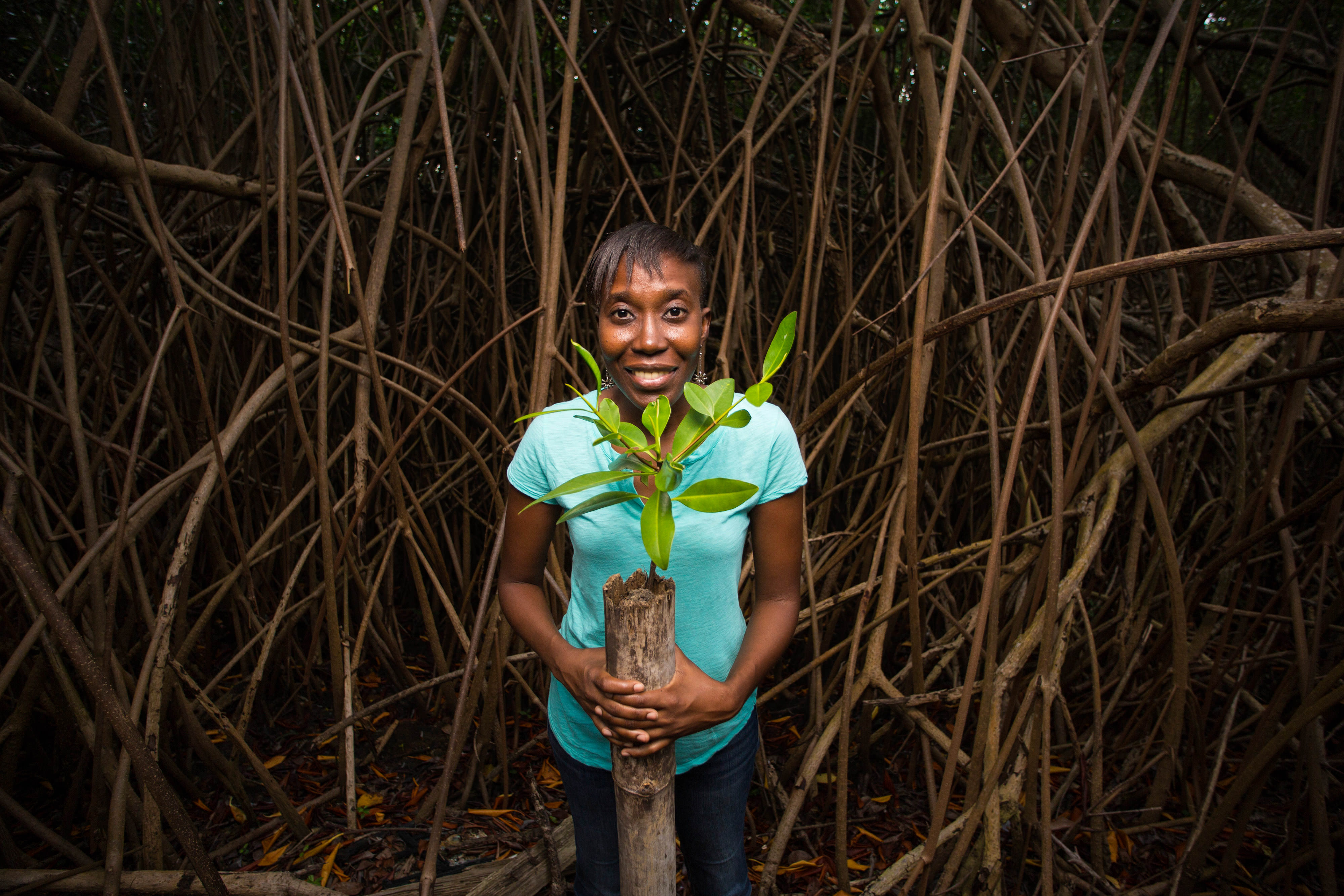
Building Resilience
We're helping to not only reducing causes of climate change, but preparing our communities and natural resources to better adapt to climate change impacts. Learn about building coastal resilience.
